August 10 is recognized internationally as Prisoners’ Justice Day (PJD), a day of solidarity and organizing with the incarcerated and remembrance of those who died behind bars, living in inhumane conditions.
According to a 2022 post entitled “Prisoners’ Justice Day 2022: Remembering those who died in prison” at the Toronto Public Library, Prisoners’ Justice Day originated in the 1970s. The post states,
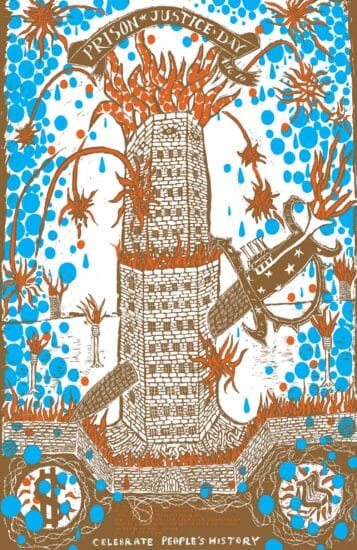
“Prison Justice Day” by Rocky Tobey. Part of the Celebrate People’s History Poster collection by the Justseeds Collective.
PJD is a day when prisoners and community supporters take part in strikes and other protests. The history of these actions trace back to the 1970s in Ontario. On Aug 10, 1974, Eddie Nalon died by suicide at the Millhaven Maximum Security Prison in Bath, Ontario. Eddie was told that if he signed a form refusing to work he would be transferred to a non-work unit. However, instead of being transferred, Eddie was punished and sent to solitary confinement. After 30 days, even though Eddie’s request to return to general population was approved, he was sent to segregation. On Aug. 10, while still in segregation, Eddie died by suicide.
One year later, on Aug. 10, 1975, prisoners at Millhaven held a memorial service, hunger strike and work stoppage to draw attention to the conditions that led to Eddie’s death. Many engaged in the protest knowing that they too would be punished with solitary confinement.
Despite these protests, not much changed. In June of 1976, prisoners at Millhaven invited others to join them in a hunger strike to honour those who had died while in prison and to raise awareness about the violence of solitary confinement. Thousands of people across the country joined in their hunger strike.
By the mid 1990s, PJD had gone global. While the strategies used to mark PJD have shifted over time, it continues to be an important day of remembrance and action for many. Continue reading.
Learn more in Prison Justice’s History of Prisoners’ Justice Day.


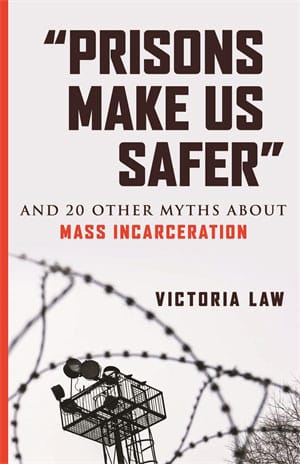
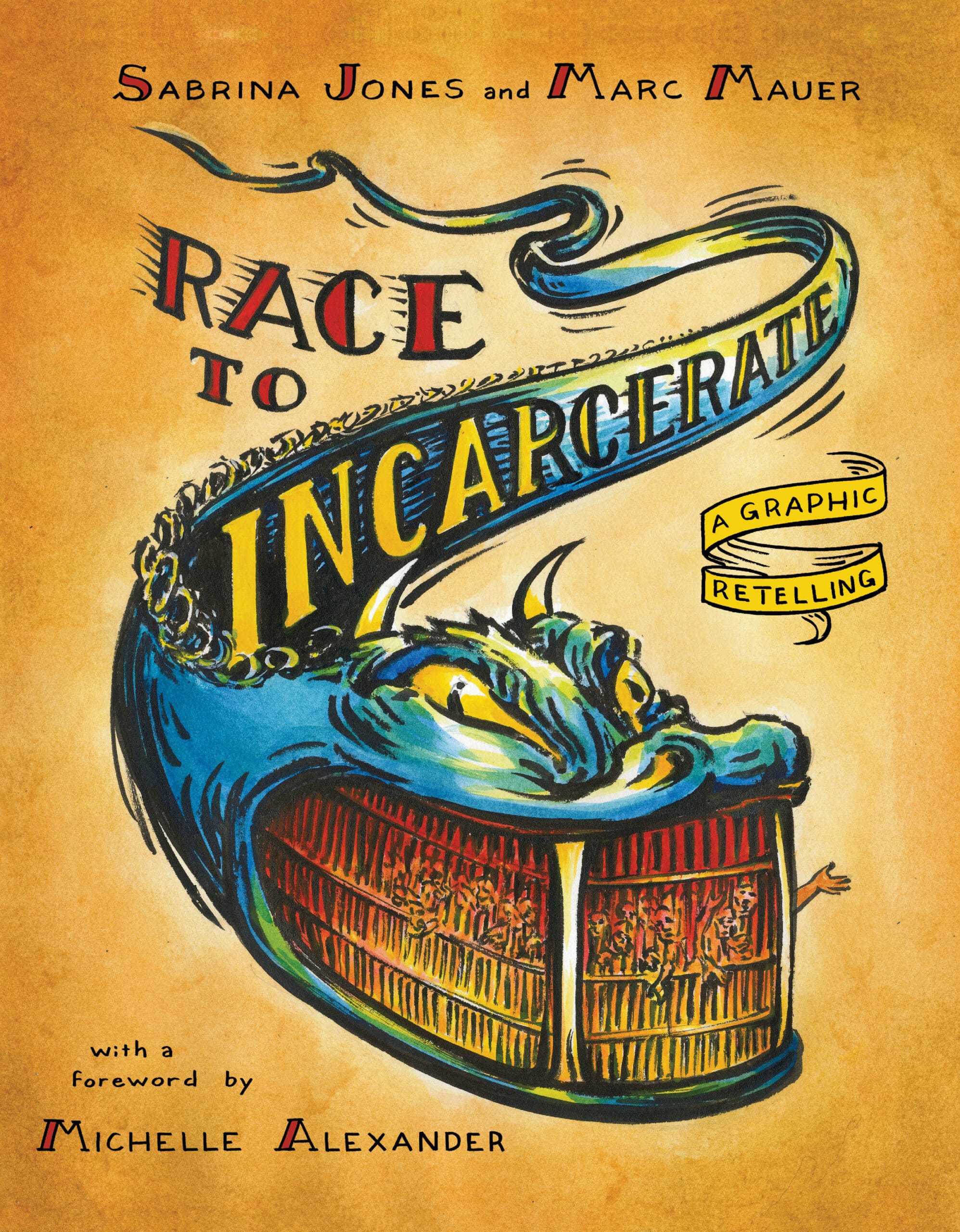

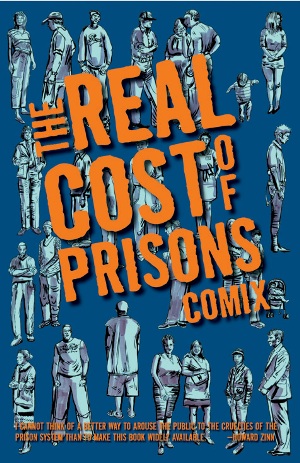
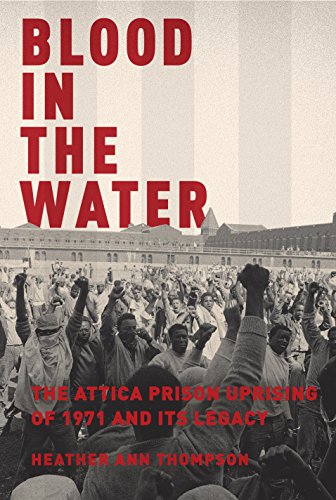
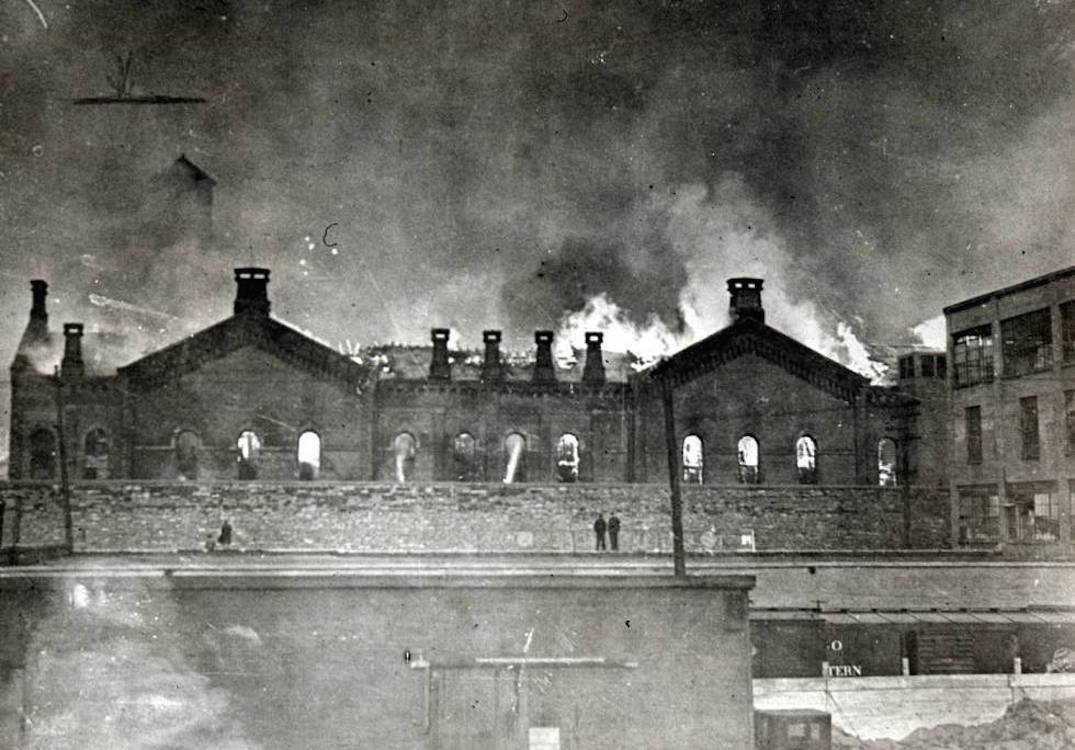
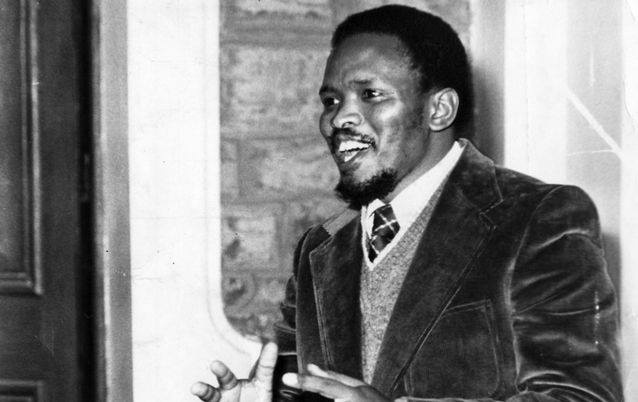
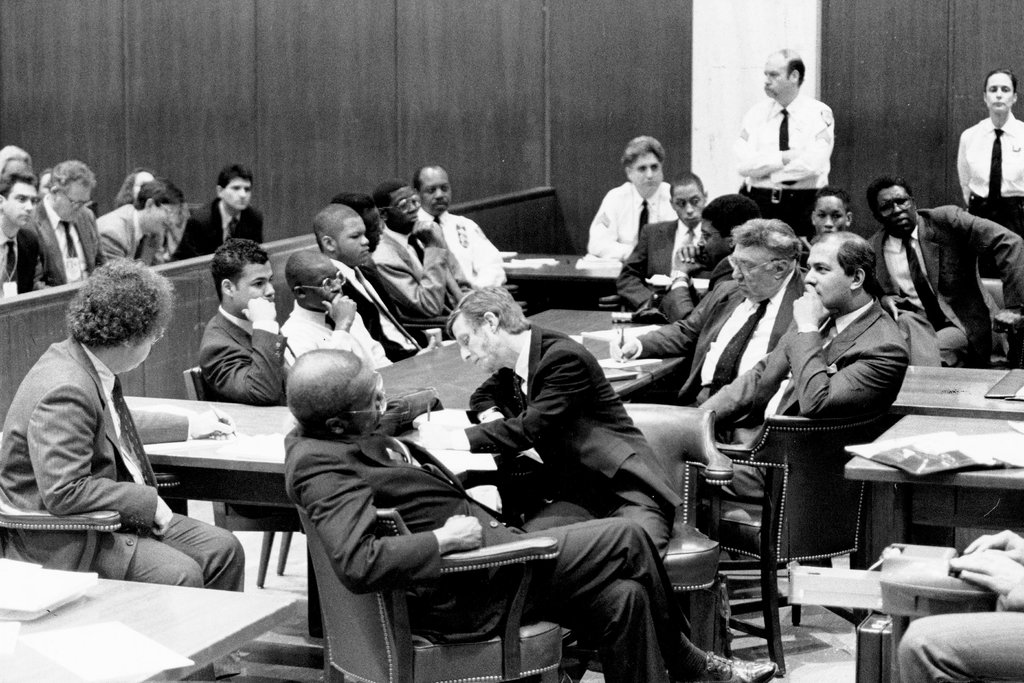





Twitter
Google plus
LinkedIn